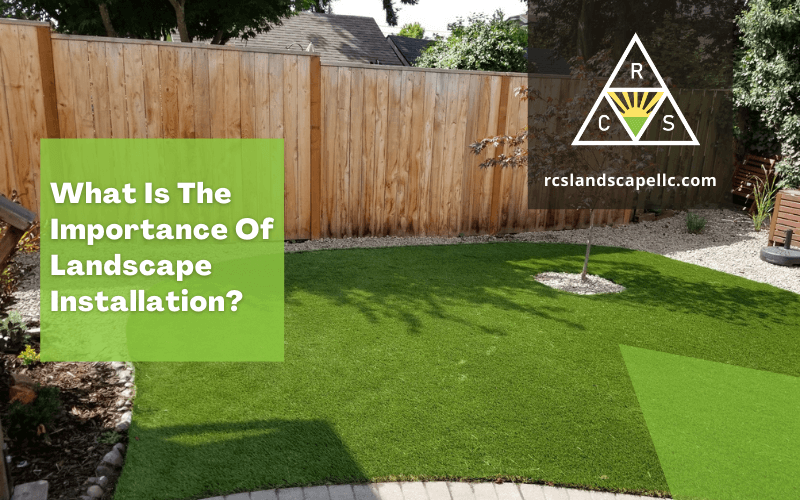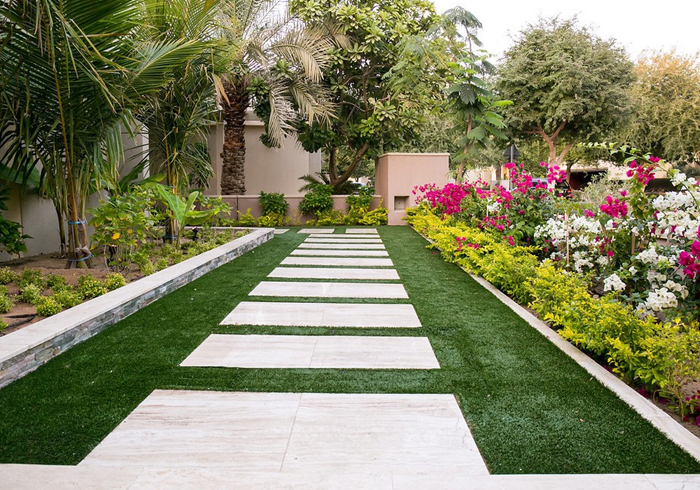The Greatest Guide To Landscape Design
The Greatest Guide To Landscape Design
Blog Article
Our Landscape Design Statements
Table of ContentsTop Guidelines Of Landscape DesignThe Ultimate Guide To Landscape DesignLandscape Design for BeginnersAn Unbiased View of Landscape DesignThe 8-Minute Rule for Landscape Design
A yard can typically be divided into three areas: public (the front yard), exclusive (the back backyard), and service (typically the side yard). The location of task locations depends mostly on the kind of area, the dimension of area required, the kind of task, and the wanted distance to other activities and structures.The outside wall of your home often functions as the very first wall surface or beginning point of an outdoor area. Incompatible usages must be separated, and related activities, such as food preparation and dining, should be assembled to make the backyard a lot more efficient and enjoyable. When making use of hardscape to develop spaces, use building and construction product comparable to that made use of in your home for connection from your home into the yard.
Connected spaces. Credit Score: Gail Hansen, UF/IFAS Using comparable hardscape features and duplicating plants draws the eye around the garden.
More About Landscape Design

For mental comfort plants are used as physical or suggested obstacles for privacy and security. Physical barriers block both the view and access to an area and include fencings, wall surfaces and plant bushes.
Physical and implied barriers. Credit: Gail Hansen, UF/IFAS For these factors, the kinds of plants to be made use of (such as trees, bushes, or groundcovers) must be chosen in the beginning of planning (Landscape Design). Plant kinds are selected for their practical abilities to ensure that their future purpose and called for room can be considered at the very same time

How Landscape Design can Save You Time, Stress, and Money.
Each plant mass is in front of, behind, or following to, an additional mass. Credit: Gail Hansen, UF/IFAS Duplicating plants within a mass and repeating masses with similar plants links the garden with each other. The individual plant attributes should be taken into consideration to efficiently layer and mass plants.
All plant structures start with the main framework plants, the huge, mostly evergreen background plants-such as the trees and huge shrubs. These plants separate or enframe areas, control the size of the area, and give the starting point for picking the suitable characteristics of the second layer, midground plants, for massing and infill.
Vital points in the yard should be highlighted by the usage of one-of-a-kind plants, distinct structures, or garden ornaments. Marking thresholds or entryways to rooms can be finished with entrances, arbors, and actions, or via making use of distinct and vibrant plants. The type and/or design motif of the garden will commonly aid establish the important points and how they ought to be highlighted.
Other important locations in the lawn are prime focus, which is utilized to visually arrange a landscaped area. The kind of prime focus commonly relies on the viewing perspective. Different perspectives or point of views can expose various structures in the landscape that may need a variety of focal points. Contrasting appearance, form, dimension and shade click to investigate will capture and hold the eye.
The Definitive Guide for Landscape Design

Plant kinds. Credit Score: Gail Hansen, UF/IFAS After kind, appearance is the next dominant function of a plant; rugged, medium and fine redirected here appearances can be made use of for comparison and focus in the landscape.
The pleasurable aroma of plants, the sound of wind in the trees, the sound and texture of water, and the colors and structures of sculptures, pots and garden furnishings all include to the experience of the yard. One information that is typically ignored is the impact of light on the aesthetics of the plants.

Landscape Design Fundamentals Explained
It is very important to know the eventual mature dimension of plants so they can be put in the right location and spaced properly when they are set up. Giving plants area to grow is an obstacle since the common fully grown size is typically based upon optimal expanding problems and the environmental problems of a site might trigger a plant to enlarge or remain smaller sized.
Report this page